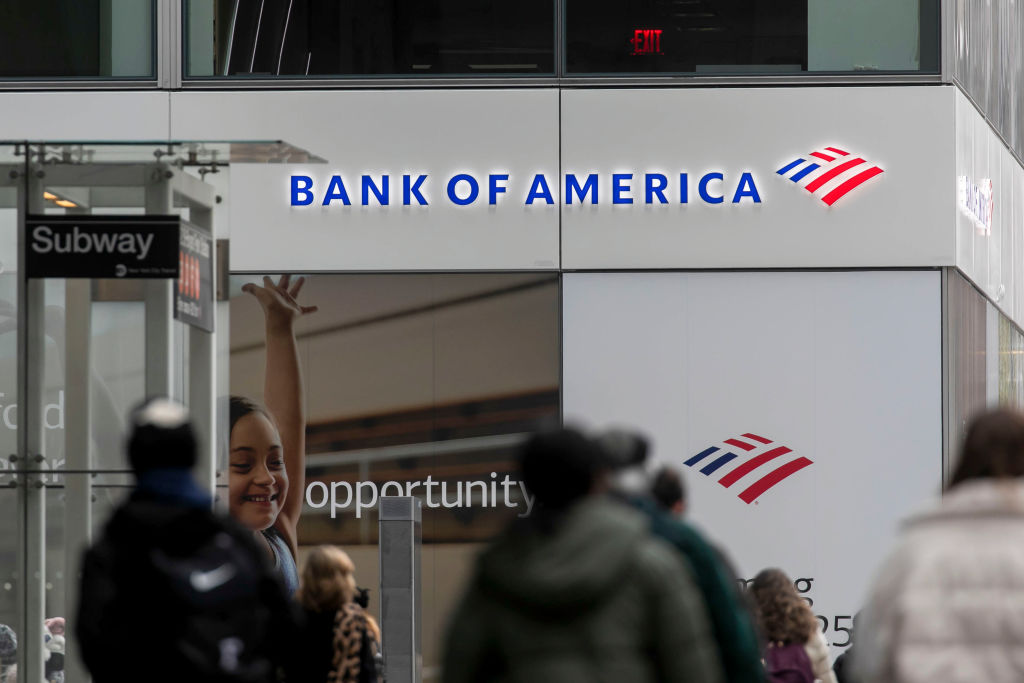Yieldcos: Alternative-Energy Stocks for Dividend Investors
Yieldcos, which operate wind, solar and other power-generation facilities, spin off most of their steady earnings to shareholders.

Renewable-energy investing has long been the domain of growth-oriented investors who have the stomach for the industry's ups and downs. But a new breed of income-producing alternative-energy stocks is designed to appeal to more conservative dividend investors.
"Yieldcos" operate wind, solar and other power-generation facilities whose customers enter into long-term purchase contracts. Those contracts provide steady revenues and allow the yieldcos to distribute most earnings to shareholders. "The yieldcos are becoming in some sense the utilities of the future," says Robert Muir, senior vice-president at Green Alpha Advisors, in Boulder, Colo. "They're solid dividend payers."
These vehicles have attracted income investors' attention over the past year as a growing number of energy companies spin off established power-generation facilities into yieldcos. Power projects still under development are housed in the parent company, thereby insulating yieldco investors from the riskier side of the business. In many cases, new power facilities developed by the parent company will drop down into the yieldco, providing additional steady cash flow and fueling dividend growth. Yieldcos established by large energy companies that have begun trading since last summer include NRG Yield (symbol NYLD), NextEra Energy Partners (NEP), Abengoa Yield (ABY) and TerraForm Power (TERP).
From just $107.88 $24.99 for Kiplinger Personal Finance
Become a smarter, better informed investor. Subscribe from just $107.88 $24.99, plus get up to 4 Special Issues

Sign up for Kiplinger’s Free Newsletters
Profit and prosper with the best of expert advice on investing, taxes, retirement, personal finance and more - straight to your e-mail.
Profit and prosper with the best of expert advice - straight to your e-mail.
But yieldcos aren't without risk. Some have been snapped up by income-hungry investors and now appear richly priced, analysts say. And yieldcos may be hurt when interest rates rise if investors decide they can find more generous yields elsewhere.
Income investors are already familiar with similar vehicles in other industries. Master limited partnerships, for example, distribute to shareholders much of the steady cash generated by their energy pipelines and storage tanks, while real estate investment trusts pay distributions that are supported by their properties' rents.
The broader argument for renewable-energy investing is bolstered as the industry begins to achieve "grid parity"--becoming cost-competitive with conventional power, analysts say. As early as 2020, tens of millions of commercial and residential customers could choose to bypass utilities without paying higher prices or sacrificing reliability, according to estimates from the Rocky Mountain Institute, a nonprofit research group.
A Green Industry With a Rosy Future
When considering yieldcos, "make sure they have a strong pipeline of projects to continue the distributions to shareholders," says Andrew Bischof, equity analyst at investment-research firm Morningstar. Check whether the yieldco has a "right of first offer," which gives the yieldco first dibs on new projects developed by the parent company. This feature can help yieldcos acquire new projects at a reasonable price.
Pattern Energy Group Inc. (PEGI), for example, has the right of first offer to acquire projects from its parent company. The yieldco operates wind-power projects and is aiming for 10% to 12% annual growth in its per-share cash available for distributions. The company boosted its dividend 2% in the second quarter, to $1.31 on an annualized basis, and the stock's projected yield is 4.9%.
Green Alpha also owns shares of Hannon Armstrong Sustainable Infrastructure Capital (HASI). The company, which invests in infrastructure projects that boost energy efficiency, offers additional diversification beyond power-generation facilities, Muir says. Hannon pays a 22-cent quarterly dividend and its projected yield is 6.7%.
Profit and prosper with the best of Kiplinger's advice on investing, taxes, retirement, personal finance and much more. Delivered daily. Enter your email in the box and click Sign Me Up.

-
 Quiz: How Much Do You Know About Taxes on Social Security Benefits?
Quiz: How Much Do You Know About Taxes on Social Security Benefits?Quiz Social Security benefits often come with confusing IRS tax rules that can trip up financially savvy retirees and near-retirees.
-
 Are You Ready for 65? The Medicare Initial Enrollment Period Quiz
Are You Ready for 65? The Medicare Initial Enrollment Period QuizQuiz Turning 65 soon? Test your basic knowledge of Medicare's Initial Enrollment Period (IEP) rules in our quick quiz.
-
 3 Ways to Stretch the 2026 Social Security COLA For Your Budget
3 Ways to Stretch the 2026 Social Security COLA For Your BudgetThree steps retirees can take to stretch the Social Security COLA to fit their budgets.
-
 If You'd Put $1,000 Into Coca-Cola Stock 20 Years Ago, Here's What You'd Have Today
If You'd Put $1,000 Into Coca-Cola Stock 20 Years Ago, Here's What You'd Have TodayEven with its reliable dividend growth and generous stock buybacks, Coca-Cola has underperformed the broad market in the long term.
-
 If You Put $1,000 into Qualcomm Stock 20 Years Ago, Here's What You Would Have Today
If You Put $1,000 into Qualcomm Stock 20 Years Ago, Here's What You Would Have TodayQualcomm stock has been a big disappointment for truly long-term investors.
-
 If You'd Put $1,000 Into Home Depot Stock 20 Years Ago, Here's What You'd Have Today
If You'd Put $1,000 Into Home Depot Stock 20 Years Ago, Here's What You'd Have TodayHome Depot stock has been a buy-and-hold banger for truly long-term investors.
-
 If You'd Put $1,000 Into Bank of America Stock 20 Years Ago, Here's What You'd Have Today
If You'd Put $1,000 Into Bank of America Stock 20 Years Ago, Here's What You'd Have TodayBank of America stock has been a massive buy-and-hold bust.
-

 If You'd Put $1,000 Into Oracle Stock 20 Years Ago, Here's What You'd Have Today
If You'd Put $1,000 Into Oracle Stock 20 Years Ago, Here's What You'd Have TodayORCL Oracle stock has been an outstanding buy-and-hold bet for decades.
-
 If You'd Put $1,000 Into Sherwin-Williams Stock 20 Years Ago, Here's What You'd Have Today
If You'd Put $1,000 Into Sherwin-Williams Stock 20 Years Ago, Here's What You'd Have TodaySherwin-Williams stock has clobbered the broader market by a wide margin for a long time.
-
 If You'd Put $1,000 Into UnitedHealth Group Stock 20 Years Ago, Here's What You'd Have Today
If You'd Put $1,000 Into UnitedHealth Group Stock 20 Years Ago, Here's What You'd Have TodayUNH stock was a massive market beater for ages — until it wasn't.
-
 If You'd Put $1,000 Into Berkshire Hathaway Stock 20 Years Ago, Here's What You'd Have Today
If You'd Put $1,000 Into Berkshire Hathaway Stock 20 Years Ago, Here's What You'd Have TodayBerkshire Hathaway is a long-time market beater, but the easy money in BRK.B has already been made.